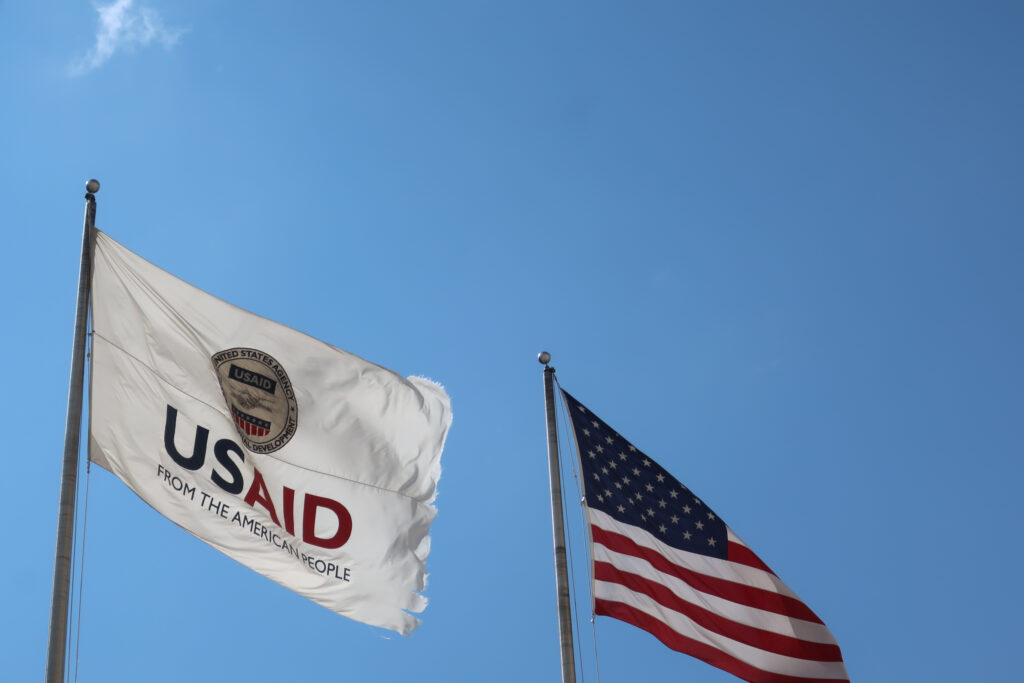The United States, once a global leader in disaster response, is now largely absent from international aid efforts. This shift became clear after a massive earthquake struck Myanmar, leaving thousands in need of urgent help. Instead of American teams leading rescue and relief missions, it is China’s aid workers and supply convoys that are dominating the scene.
The reason behind the U.S. absence is the rapid dismantling of the U.S. Agency for International Development (USAID). Under President Donald Trump and Secretary of State Marco Rubio, USAID is being stripped of its workforce and funding, leaving little left to assist in global crises.
USAID Workforce Slashed, Operations Halted
On the day of the earthquake, the State Department notified Congress that nearly all remaining USAID positions would be eliminated. Once a 10,000-strong agency, USAID will have only 15 employees by fall. International offices are shutting down, and the few remaining tasks will be moved under the State Department’s control.
A federal appeals court recently approved further budget cuts, accelerating the collapse of the agency. Contracts for logistics, emergency transport, and medical supply delivery have been canceled. Payments to humanitarian organizations—which provide clean water, food, and medicine—have been frozen.
Empty Assurances and No Real Support
Despite public statements suggesting the U.S. is still engaged in aid work, there is little evidence of actual support. Former USAID official Jeremy Konyndyk, now the head of the NGO Refugees International, described the situation as “a full retreat from decades of U.S. leadership in disaster response.” He added that there is no longer a team capable of coordinating emergency relief efforts.
The impact is being felt on the ground. With no USAID teams, there is no organized American response. Meanwhile, survivors of the Myanmar earthquake continue to struggle as China’s aid workers take the lead.
Aid Cuts Deepen Humanitarian Crisis
The decline of USAID funding has devastating effects beyond disaster response. In 2023, the agency provided $240 million in aid to Myanmar, covering about one-third of the country’s total international assistance. Since Trump took office, that support has shrunk dramatically.
-
Only three of the original 18 aid projects remain.
-
At least seven hospitals have shut down due to lack of funding.
-
A refugee camp in Thailand, home to over 30,000 people, no longer has a doctor, according to CNN.
The situation is worsening. The United Nations Special Rapporteur Tom Andrews called the funding cuts “unnecessary and cruel.” Thousands of HIV and tuberculosis patients have lost access to lifesaving medicine. Children with disabilities now lack essential care.
The Myanmar earthquake has only added to the suffering, leaving people with even fewer resources to recover.
China Expands Influence as U.S. Withdraws
As the United States retreats, China is stepping in. Beijing has rapidly deployed aid workers, supplies, and medical teams, ensuring high visibility in the region. Chinese state media has highlighted the country’s quick response, further boosting China’s influence in the region.
The shift has long-term consequences. Countries that once relied on U.S. aid are now looking to China for support. In Myanmar and beyond, America’s absence is being felt—not just by those in need, but also by governments reassessing their alliances.
The Future of U.S. Global Aid
With USAID on the verge of collapse, the United States risks losing its role as a global leader in disaster relief. The Biden administration may attempt to restore some of the lost aid programs, but rebuilding USAID will take time and political will.
For now, the impact is clear—those in urgent need no longer see the U.S. as a reliable partner. The dismantling of USAID is reshaping global aid efforts, allowing China to fill the vacuum left behind.
